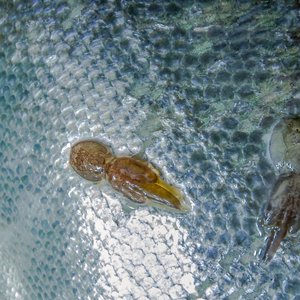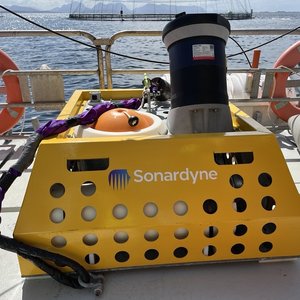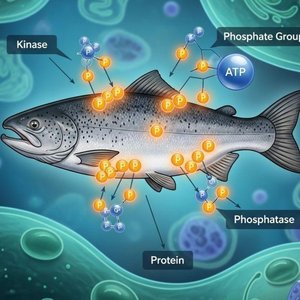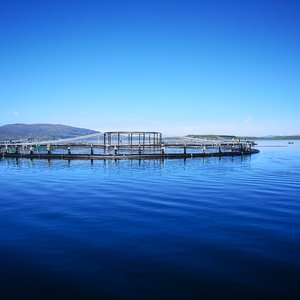New Zealand government and farmers Investigate oyster deaths
The New Zealand Oyster Industry Association for Aquaculture New Zealand and Ministry of Agriculture and Forestry (MAF) Biosecurity New Zealand are working together to investigate unexplained juvenile Pacific Oyster deaths on marine farms in the upper North Island.
Aquaculture New Zealand CEO Mike Burrell said since mid November farmers have seen an increase in the mortality rate of spat on farms from the Bay of Plenty in the east and from north of Kawhia in the west.
“Typically mortality rates for cultivated Pacific Oysters are between five and 10 percent. This year, however, the rates on some farms have varied between 30 to 80 percent which is very concerning for the industry,” Mr Burrell says.
MAF has its aquatic disease specialists on the case and has taken approximately 250 samples for analysis to try and determine what is causing the die-back.
MAF believes that the mortality is likely to be caused by a range of factors, triggered by unusually warm water temperatures.
MAF Response Manager Richard Norman said that using molecular tests and DNA sequencing, the MAF laboratory has identified the presence of ostreid herpesvirus-1 (OsHV-1) in oyster samples from affected farming areas.
“OsHV-1 cannot be transmitted to humans. Despite the name, there is no connection between OsHV-1 and herpes viruses in reptiles, birds and mammals (including people).”
The New Zealand Food Safety Authority confirmed that there is no food safety or human health risk associated with this oyster virus. The virus is specific to shellfish and is totally unrelated to the herpes viruses that affect humans and other animals.
All of the samples tested by MAF to date have been negative for relevant OIE (World Organisation for Animal Health) listed mollusc diseases. OsHV-1 is not an OIE listed disease, meaning it is not an issue of concern in oyster trade. It has been found in oysters in many countries including within Asia, North America, Europe and Australia where it has been associated with die-offs.
Dr Norman says the virus is thought to have been in New Zealand for some time, with reports of its presence as early as 1992. “At that time, however, the molecular technology required to confidently confirm the virus was not available.”
There has been no detection of any problem with oysters outside of the affected areas, including New Zealand’s Bluff oysters.
“The oyster industry is clearly facing significant production issues with a predicted shortfall for next year of approximately half of next year’s harvest. MAF will continue to work closely with the industry to identify other causes of the event and ways future production can be managed.”










